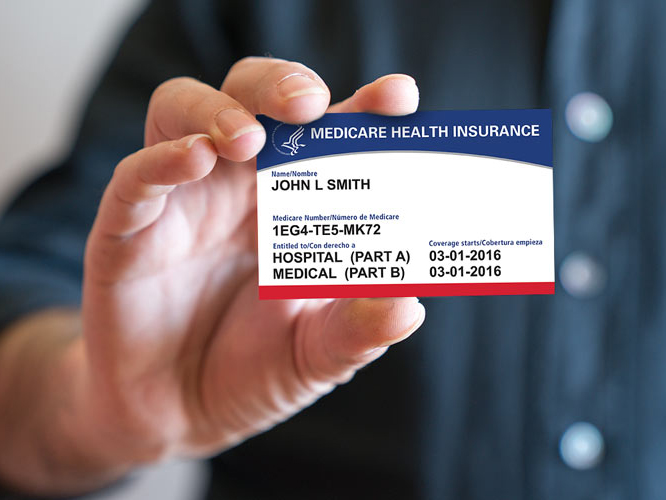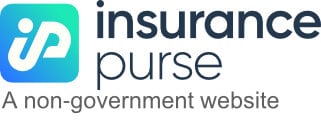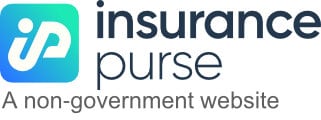[et_pb_section fb_built=”1″ _builder_version=”4.19.4″ _module_preset=”default” global_colors_info=”{}”][et_pb_row _builder_version=”4.19.4″ _module_preset=”default” global_colors_info=”{}”][et_pb_column type=”4_4″ _builder_version=”4.19.4″ _module_preset=”default” global_colors_info=”{}”][et_pb_text _builder_version=”4.19.4″ _module_preset=”default” global_colors_info=”{}”]
Medicare Supplement insurance plans are often known as Medigap. They can assist with deductibles and coinsurance payments not covered by Original Medicare. The Medicare Supplement plans to help pay costs incurred out of pocket and not covered by Medicare Parts A and B. You can tailor your coverage to meet your specific requirements, one of the benefits of the Wisconsin Medigap policy alternatives. Begin with the basic Medicare Supplement plan, and then add any additional coverage to improve your situation.
This guide will help you understand everything about Wisconsin Medicare Supplement Plans. Keep reading!
What Are Medigap Plans?
Medigap plans are a type of Medicare Supplement Insurance offered by private insurance firms that Medicare has approved. Even though Medicare will cover a significant portion of the medical services and supplies you require, you will still be responsible for paying a part of the bill in deductibles, copayments, and coinsurance.
Wisconsin Medigap vs. Wisconsin Medicare Supplement Plans
There is a big difference between Medigap and Medicare Advantage Plans. When enrolled in Part A and Part B of Medicare, you are eligible for either plan. However, you cannot have both types of plans simultaneously. Private insurance companies approved by Medicare are the only ones that can sell Medigap and Medicare Advantage Plans to Medicare beneficiaries. You are only able to sign up for plans that are offered in your geographic location.
What Wisconsin Medicare Supplement Plans Cover
After Medicare has paid its share, your Medigap policy will kick in as your supplementary source of insurance. The difference between what Medicare pays for covered services and what you are charged is what Medigap is intended to “fill in.” Some plans provide extended coverage for Part B excess charges and emergency costs associated with international travel.
Ten different Medigap plans adhere to the standards set by the federal and state governments, respectively. Two of the ten plans are the most all-encompassing plans, and both of those plans also include high-deductible variants. All plans are not available in all states. Medigap policies include the following benefits:
- Part A coinsurance and hospital costs
- Part B coinsurance or copayment
- Part A hospital care coinsurance
- Part A deductible
- Part B deductible
- Part B excess charges
- The first three pints of blood
- Foreign travel emergency services
- Skilled nursing facility care coinsurance
- Out-of-pocket limits
What Medigap Plans Cost in Wisconsin
If you sign up for a Medigap plan in Wisconsin during your open enrollment period, you can expect to pay between $53 and $381 monthly. The amount you pay for your premium will depend on who your insurer is and how your premium is rated. There are three ways to rate a Medigap policy:
Community rated:
Your premium isn’t based on how old you are; it may only go up if inflation or something else causes it.
Issue-age rated:
Your premium depends on how old you are when you buy the policy; it won’t go up as you age.
Attained-age-rated:
Your premium depends on how old you are and can go up as you get older, as a result of inflation or for other reasons.
How to Choose a Medigap Plan in Wisconsin
As you compare the Medicare Supplement Insurance plans available in your area, keep the following things in mind:
| Monthly premium |
This is in addition to the monthly premium you pay for Part B. It has an impact on your financial flow each month. You must make payments regardless of whether you use the advantages. The cost of your premium depends on factors such as the type of coverage you purchase, your age, and your gender, among other things. |
| Benefits |
Every single kind of plan provides at least the most basic coverage for Part A copays and coinsurance and some of the coverage for Part B copays and coinsurance. Also, three pints of blood and hospice care. |
| Insurance provider |
Consider reviews as well as previous experience. Get in touch with a representative of the organization to learn more about the quality of their customer service and how quickly they respond. |
| Extra discounts |
When you become a member of specific plans, you may be eligible for additional discounts. You may have access to hearing aid providers who offer discounts. |
Resources for Medicare Supplements in the State of Wisconsin
There are numerous options available. If you are feeling overwhelmed by the countless available plan choices, getting in touch with counselors who both are knowledgeable and objective is a smart first step to take. You may find several organizations that can assist you in making an educated choice in Wisconsin. The best resources for medicare supplements available in Wisconsin are:
- Wisconsin Department of Health Services
- Kenosha County Aging & Disability Resource Center
- N.E.W. Community Clinic
[/et_pb_text][/et_pb_column][/et_pb_row][/et_pb_section]

















